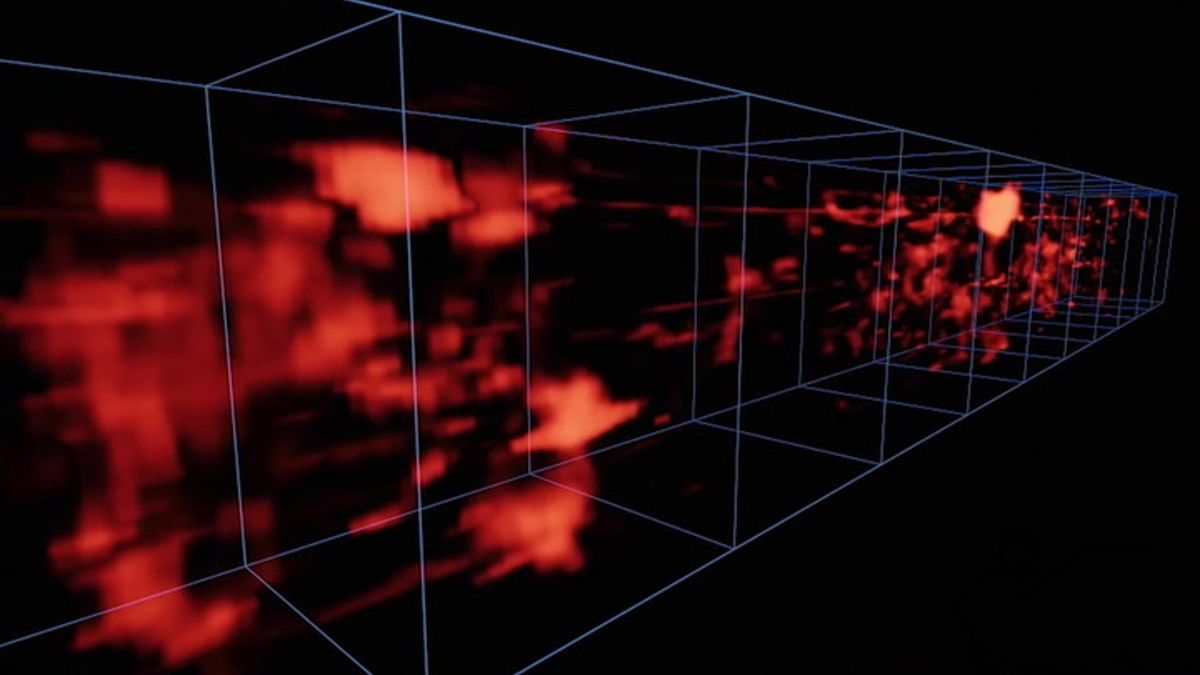Light from the cosmic web connecting galaxies has been seen for the 1st time (video) [View all]
By Sharmila Kuthunur published about 12 hours ago
For the first time, astronomers have directly imaged the faint glow of the diffuse cosmic web that stretches throughout the known the universe.
Astronomers announced on Thursday (Sept. 28) that they had for the first time captured the faint glow of the largest structure in the universe known as the "cosmic web," a network of filaments that connect galaxies across the universe. Images such as these unveil valuable information about how galaxies form and evolve, and can also help trace the location of elusive dark matter that makes up around 80% of the mass in the universe.
In 2014, astronomers imaged the cosmic web for the first time using radiation from a faraway quasar, distant objects powered by black holes a billion times larger than our sun which are thought to be the brightest objects in the universe. In 2019, another imaging effort received help from young, star-forming galaxies to illuminate the surrounding cosmic web. Now, astronomers have directly imaged its light in the darkest depths of space between 10 billion and 12 billion light-years away.
"Before this latest finding, we saw the filamentary structures under the equivalent of a lamppost," Christopher Martin, who is a professor of physics at the California Institute of Technology and the lead author of the new study, said in a statement. "Now we can see them without a lamp."

Using data from the Keck Cosmic Web Imager, an animation has been created that "reveals a 3-D slice through a network of hydrogen gas filaments that crisscross the spaces between galaxies," according to a W. M. Keck Observatory release. (Image credit: Caltech/R. Hurt (IPAC))
According to cosmological simulations, over 60% of the hydrogen that was created by the Big Bang roughly 13.8 billion years ago collapsed to form a sheet, which then broke apart to make the web of cosmic filaments we see today. These filaments connect galaxies and feed them gas for growth and star formation. Although circumstantial, previous research has also suggested that galaxies form where these threads cross paths.
More:
https://www.space.com/cosmic-web-filaments-1st-images
